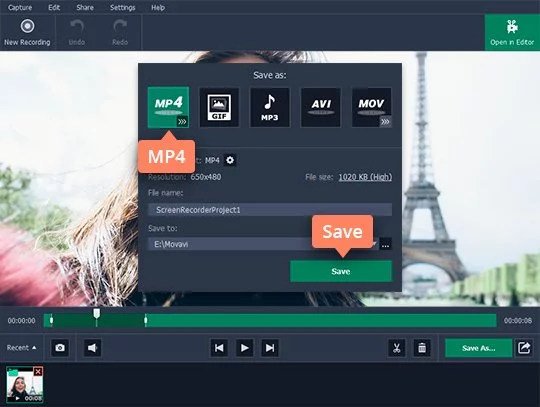Are you encoding a video that you’ve recorded, or transcoding and converting it to a new format? In both cases you’ll need to choose a video format that you want to use – and if you aren’t that familiar with them that can seem quite complicated.
Before getting started however you need to first understand that the video ‘format’ consists of both a container (such as MP4, MKV, AVI, MOV) and a codec (such as H.264, H.265, MPEG-4). In order to choose a good format for your videos, there are several factors that you should take into account for both the container and codec – each of which will affect it in a different way.

Compatibility
As you may be aware different devices and platforms support different video formats – which is why compatibility is an important factor to take into account. Ideally, the format that you choose should be one that is supported by the device or platform that you want to view the video on.
Both the container and codec need to be supported by the device or platform for it to be viewed without requiring additional software to be downloaded. If you intend to distribute your video or want it to be able to be viewed on a various devices and platforms, you should choose a format that is widely supported in general – such as MP4 with H.264.
Compression
The format (or more specifically the codec) that you encode your video in will determine its compression. Newer codecs in particular tend to provide better compression rates – and will be able to encode your video into smaller file sizes while still maintaining their quality.
The only issue with newer codecs is they aren’t as widely-supported as older codecs. For example the newer H.265 codec can reduce the file size of H.264 videos by up to 50%, but it isn’t nearly as widely-supported and you may run into compatibility issues on older devices.
Recommended Settings for Online Platforms
If you’re going to be uploading your video to an online platform (such as YouTube, Facebook, Vimeo, and so on) you should always try to follow their recommended settings. Most online platforms will transcode and convert the video that you upload to the format that its using anyway, and you want to avoid that as it can affect the video quality.
Simply put you using the recommended format right off the bat is your best option. For example if you want to upload your video to YouTube you should follow its recommend settings – which call for MP4 with H.264.
